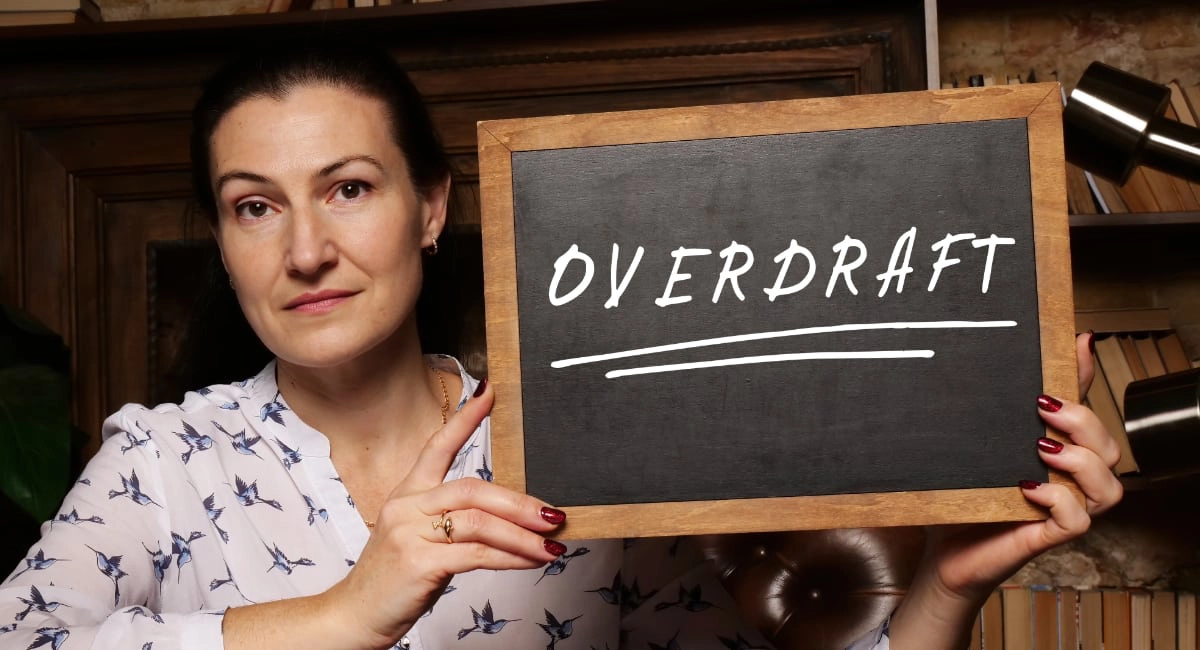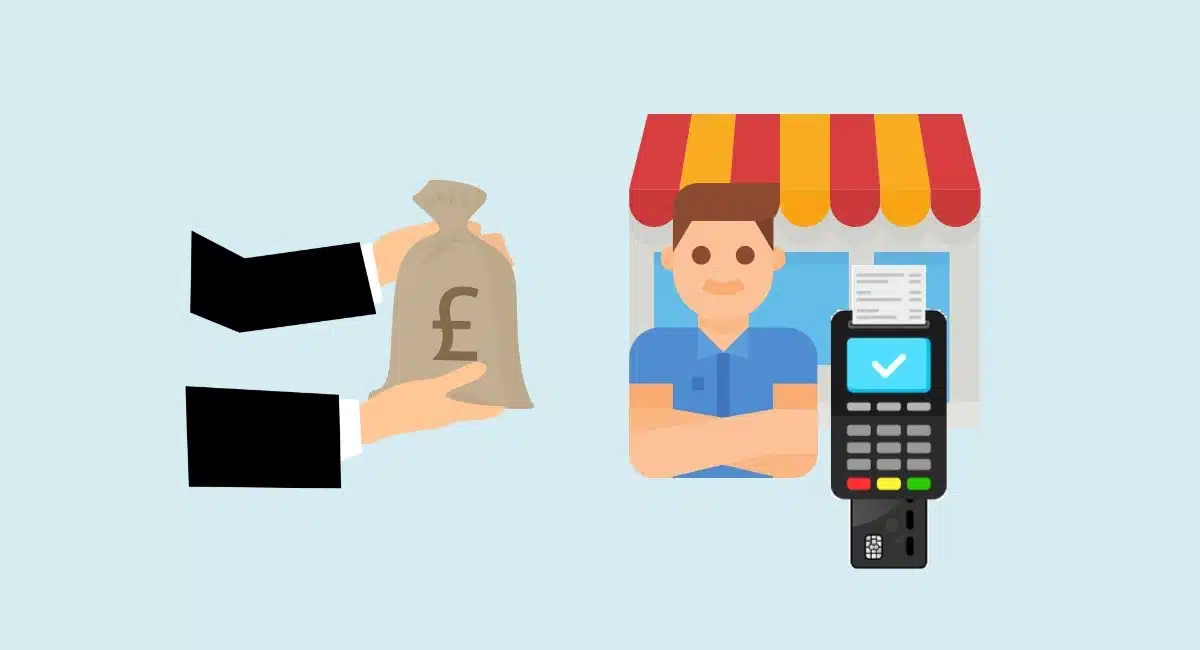If your business needs a financial backup, you may want to consider a business account overdraft. Just like a personal bank account overdraft, it allows you to spend money you don’t have, in the negative balance up to a prearranged limit.
Businesses use this facility to settle unexpected bills, buy stock ahead of a busy season, stay afloat during challenging times and fill in for overdue invoices owed by your clients.
That sounds simple enough, but there are several aspects to consider. Let’s look at how it works and how you get a business overdraft.
Definition and how it works
A business overdraft is a type of credit granted to qualifying business account holders at a bank. This could be a high street bank like Lloyds, Barclays and HSBC, or app-based, digital bank like Cashplus.
A business overdraft allows your bank account balance to go negative to a specified limit without being penalised for it. Instead, you pay an interest rate for every day you’re in minus (below £0) until your balance is positive again. The interest fee is automatically deducted from your account, as per your fees schedule.
The overdraft limit is determined by your credit history, turnover and other factors checked by your account provider at the time of your application. This limit could be anything between a few hundred to millions of pounds. For a small business, it’s typically between £500-£25,000.
Once an overdraft is approved, it will stay in your business account until you either request to remove it or the bank decides to remove it (which – although rare – they may do at any time). After a while, the bank may offer a higher limit automatically, or you can directly request a limit change.
In some cases, you can get an overdraft for a fixed period of time agreed in advance. For example, NatWest offers a 12-month business overdraft facility that will be reviewed after the 12 months are up.
What about fees?
Business overdraft fees vary between account providers. The most common types of costs are:
There may be other costs depending on the complexity of the lending service.
If you get a secured as opposed to unsecured business overdraft, you may get a lower interest rate. What’s the difference between these?
- Secured: A business asset of yours is used as ‘security’, which your bank can sell off if you fail to repay the credit.
- Unsecured: None of your assets or possessions can be retained by your bank to repay an overdraft.
Most overdrafts tend to be unsecured from the outset, but if you’re asking for a large limit or the bank needs more reassurance of your ability to manage the credit, they may require it to be secured.
Examples of security assets include business properties and guarantees, which is where another person takes responsibility to cover your debts if needed.
How does it compare to a loan or credit card?
Simply put, a business overdraft is when you use a negative balance of your main business account, and pay an interest rate for that.
This is different from a credit card that requires you to pay a credit card bill every month from another account. A credit card also has an agreed maximum credit limit dependent on your history, but it’s not connected to your main business account where you receive income and bank transfers.
A business loan is also different because it’s a fixed, one-off amount you’re paying off in instalments. The repayment is completed within an agreed time period, and once it is paid up, you’ll have to apply for a new loan if needed.
In contrast, you can use an overdraft for as long as you need to, but its interest rate is often higher to make up for the flexibility it provides.
How do you get a business overdraft?
You can only get an overdraft from the bank where you’re a current account holder. This means you can’t just shop around for a business overdraft if your business income and outgoings are based in an existing account you’re happy with. Instead, check if your bank offers a business overdraft and whether you are eligible for one.
If you don’t have a business bank account and intend to have an overdraft at some point, you should consider the accounts likely to offer you one. Remember, you do not have an automatic right for credit – it is something you qualify for after a while of using an account, so patience is required.
Most high street banks offer a business overdraft option. Of the branch-less, digital business accounts, we only know of Cashplus Bank that currently offers business overdrafts. Starling Bank usually does as well, but has put this on hold to focus on its business loan schemes.
To qualify for an overdraft, you should actively use the business account and fulfil the eligibility criteria set by your bank. It is then common practice for the account provider to contact you when you are eligible – only then can you proceed with an overdraft application.
Depending on the bank, you may apply in person at a physical branch, over the phone, through a banking app or an online application form. The lender will check your details and credit history before approving the overdraft.




